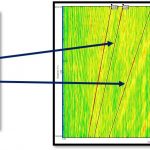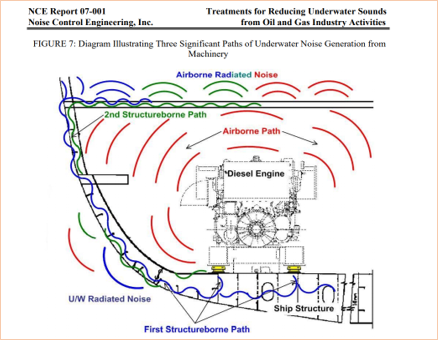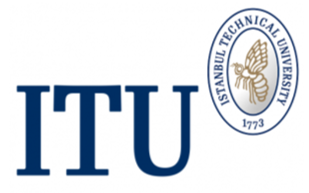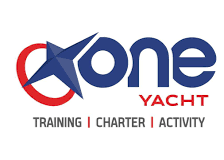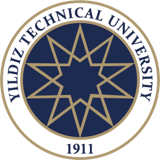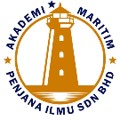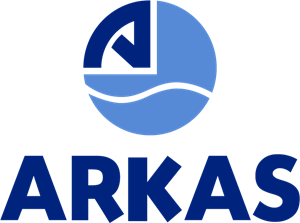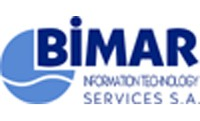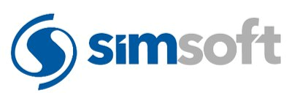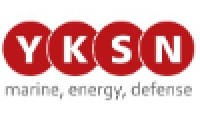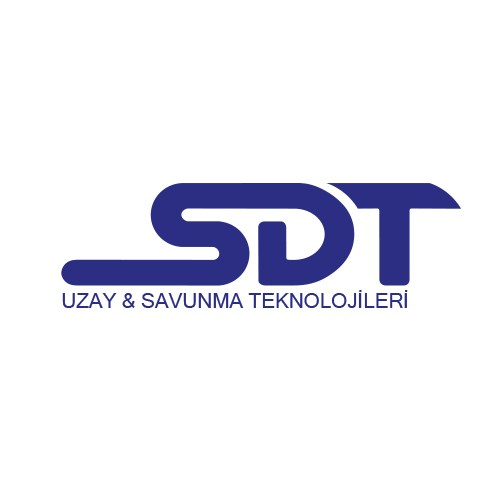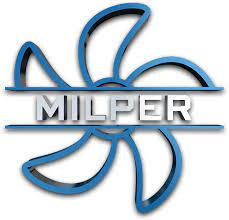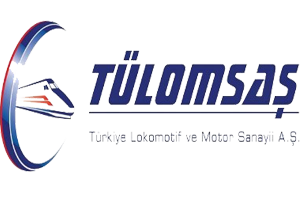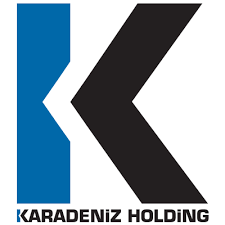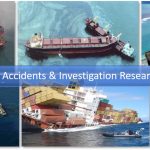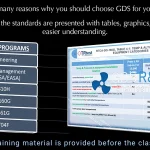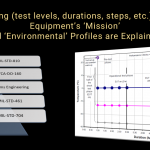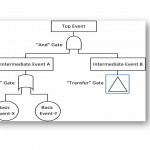GDS Engineering R&D joined and became an official member of RTCA Organization on 27 January 2022.
RTCA creates the venue for collaboration, consensus, and government/industry partnerships on the performance standards development process. The members of RTCA are from organizations, entities, and governments from across the globe including aircraft and avionics manufacturing, service providers, R&D, academia, UAS and more. RTCA is creating and sustaining partnerships and being part of this we hope that GDS will also play important roles in shaping the future aviation system.
As a member organization of RTCA, Inc. GDS Engineering, Inc. can now be involved with the aviation industry and government professionals who are building consensus today on the electronic and telecommunication issues of tomorrow’s aviation. That consensus forms the recommendations for policy, procedural and equipment standards that will affect the way we all do business in the worldwide aviation community.
As a member of RTCA, GDS Engineering,Inc. is entitled to substantial benefits to the way we do business in aviation. RTCA members receive complimentary access to documents, the opportunity to participate on committees, discounts on training and events and more.
GDS Systems Engineering V&V Training Courses
Event Calendar
We announce upcoming training on these pages. Due to COVID-19 pandemic situation, we offer only ONLINE training courses for the time being. Please communicate with us if you need a group training, which could be scheduled based on your plans and schedules.
Select the best training from below list that fits to your training needs.
We are glad that we are now part of the RTCA group of organizations.

